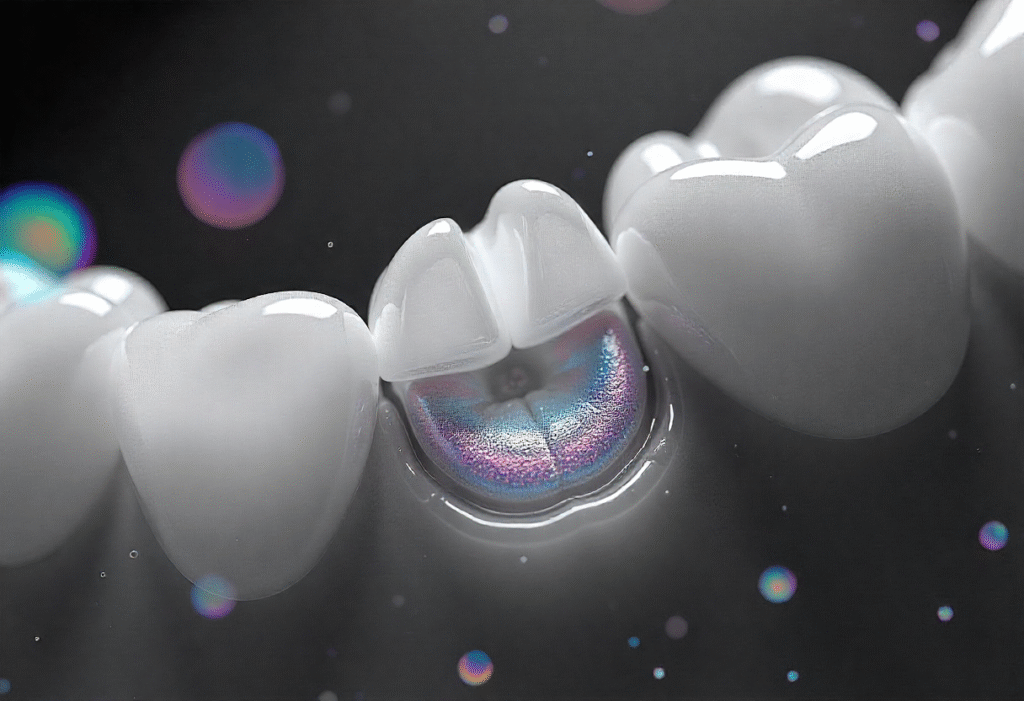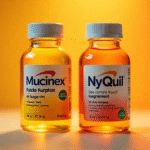Gum grafting surgery is a specialized dental procedure designed to treat gum recession, restore gum health, and protect tooth roots from further damage. It involves transferring tissue, usually from the roof of the mouth or another donor source, to the affected area. Many people consider gum grafting not just for oral health but also for cosmetic enhancement, as it can significantly improve the appearance of a smile.
Understanding Gum Grafting Surgery
Gum grafting surgery is a periodontal treatment aimed at repairing receding gums. Gum recession can occur due to aggressive brushing, gum disease, genetics, or lifestyle habits like smoking. Without intervention, receding gums can lead to tooth sensitivity, root exposure, and even tooth loss.
Types of Gum Grafting Procedures
Connective Tissue Grafts are the most common, involving the removal of tissue from beneath the palate’s surface.
Free Gingival Grafts involve taking a thin layer of tissue directly from the palate.
Pedicle Grafts use tissue from the gum near the affected tooth, rotating it into place without fully detaching it.
When is Gum Grafting Necessary?
If you notice teeth appearing longer than usual, persistent sensitivity, or visible root surfaces, gum grafting might be necessary. Ignoring gum recession increases the risk of cavities in the roots and potential tooth loss.
Benefits of Gum Grafting Surgery
Gum grafting surgery not only improves gum health but also enhances the overall smile. It helps reduce sensitivity, protects exposed roots, and prevents further gum damage. Additionally, the procedure often results in a more youthful and balanced smile.
Preparation Before Gum Grafting Surgery
Before the procedure, a thorough dental exam is essential. Your periodontist will check your overall oral health, review medical history, and provide specific pre-surgery care instructions, such as avoiding certain medications.
Step-by-Step Gum Grafting Procedure
The procedure starts with local anesthesia to numb the treatment area. The dentist then collects graft tissue from the donor site, positions it over the exposed root, and secures it with stitches. Most surgeries last between one and two hours, depending on complexity.
Recovery After Gum Grafting Surgery
After surgery, patients must follow strict care instructions, including avoiding hard foods and using prescribed mouth rinses. Healing typically takes one to two weeks for the surface tissue, though complete integration of the graft can take longer.
Diet After Gum Grafting Surgery
Avoid crunchy, spicy, and hot foods. Soft foods like yogurt, mashed potatoes, scrambled eggs, and smoothies are recommended. Staying hydrated is also vital for faster healing.
Pain Management and Comfort Tips
Mild discomfort is common and can be managed with over-the-counter medications. Cold compresses and gentle saltwater rinses can also ease pain and swelling.
Potential Risks and Complications
While gum grafting is generally safe, risks include infection, graft rejection, and prolonged swelling. Following aftercare instructions minimizes these risks significantly.
Cost of Gum Grafting Surgery
The price varies based on location, type of graft, and the number of teeth treated. Insurance may cover part of the cost if the procedure is medically necessary rather than purely cosmetic.
Alternative Treatments to Gum Grafting
For some patients, minimally invasive options like the Pinhole Surgical Technique or regenerative therapy may be suitable alternatives.
How to Maintain Results
Long-term results require excellent oral hygiene, including gentle brushing with a soft-bristled toothbrush, flossing, and regular dental visits.
Gum Grafting for Cosmetic Purposes
Some patients choose gum grafting to improve the visual symmetry of their smiles. By adjusting uneven gum lines, dentists can create a more harmonious look.
Success Rates of Gum Grafting Surgery
Clinical studies show high success rates for gum grafting, especially when performed by skilled periodontists.
Myths About Gum Grafting Surgery
Contrary to popular belief, gum grafting is not extremely painful due to effective anesthesia. Also, recovery is typically faster than most expect.
Choosing the Right Periodontist
Look for a board-certified periodontist with experience in various grafting techniques. Ask about past results, patient testimonials, and success rates.
Post-Surgery Follow-Up Visits
Follow-up appointments allow your dentist to monitor healing and remove any sutures if necessary.
Lifestyle Adjustments for Healing
Avoid smoking, as it delays healing and increases the risk of complications. Stress reduction also plays a role in faster recovery.
Long-Term Benefits of Healthy Gums
Healthy gums anchor teeth firmly, prevent root exposure, and enhance smile aesthetics.
Gum Grafting Surgery for Older Adults
Older adults can benefit significantly, although healing may be slightly slower due to age-related factors.
Technology in Gum Grafting Surgery
Laser-assisted gum grafting and digital imaging now make the procedure more precise and less invasive.
Psychological Impact of Gum Grafting
Patients often report improved self-confidence and reduced embarrassment about their smiles after healing.
Also read: Everything You Need to Know About l368 Blue Pill
FAQs
Is gum grafting surgery painful?
Not during the procedure, thanks to anesthesia. Mild soreness afterward is manageable.
How long does recovery take?
Initial healing occurs in one to two weeks, with full integration taking a few months.
Will my insurance cover gum grafting?
If deemed medically necessary, insurance often covers part of the cost.
Can gum recession return after grafting?
Yes, if oral hygiene is neglected or gum disease develops again.
What foods should I avoid after surgery?
Crunchy, spicy, or very hot foods should be avoided during early recovery.
Is gum grafting worth it?
Yes, it restores gum health, prevents further damage, and improves smile appearance.
Conclusion
Gum grafting surgery is an effective solution for treating gum recession and improving both oral health and smile aesthetics. With proper care and professional guidance, the results can last a lifetime.


